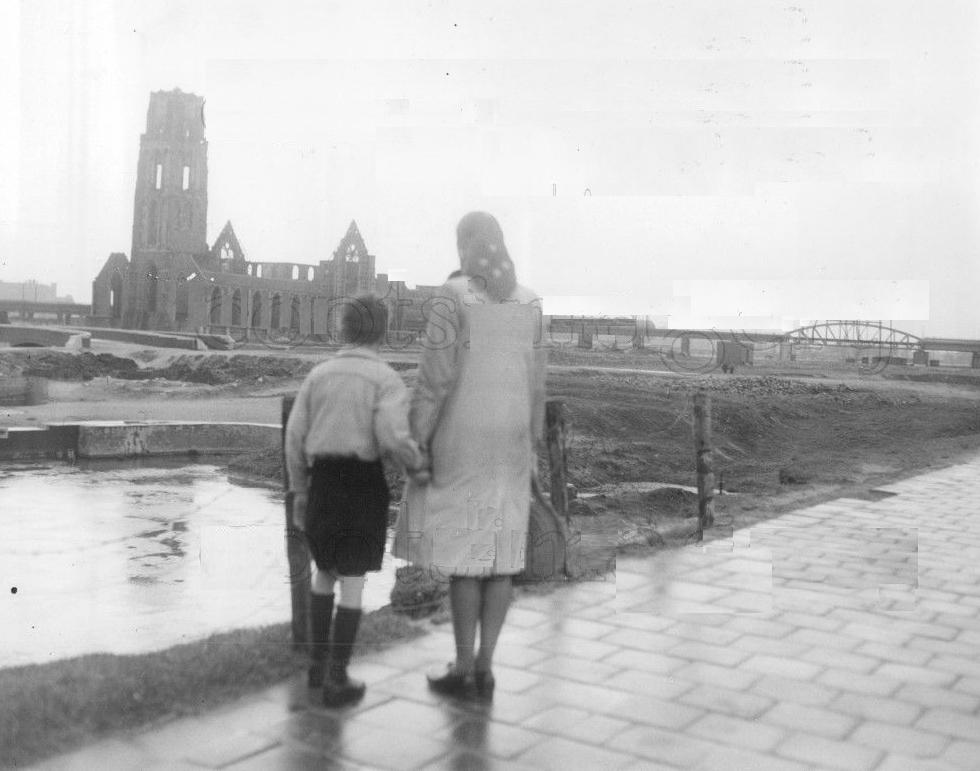
Figure 1.--This is what The Hague, one of the historic Dutch cities, looked like after the War. The photograph was taken Mrch 21, 1946, year after the War and rebuilding had not yet began. The press cption read, "Static is the word for post-war Holland: The reconstruction period in post-war Holland is the forgetting period. The Dutch, tortured by four-years of German occupation , are doing their best to wipe out the memory with a nationa iag. It isn't that the Dutch do not want to resume their march ofprogress along th paths of peace. It is that they do not have the wherewithall with which to do it. Today, ten months after the end of the war in Europe, there are vast areas of bombed cities, that look just as they did in war days. Thee is no building mterial, no machinery, apparentlyh bo planning. Greatest activity is seen in the night spots that polka-dot all the large cities. Theyare lways jammed to the doors. An American could never understand why prices are of stratospheric heights, quality of food and drink is poor and entertainment is practicall non-existent. One round of inferior liquor for four people runs aabout six dollars. When legitimate places close at 1 AM, the lgions of speakeasies begin to pack 'em in their poorly-heated rathskeller. Where does the money come from? Deponent knoweth not, but it is thereand it is cheerfullybpaid out by Hollanders who are trying to forgetvthe pastand not worry too much about the future. The following photos were made by Ray Rising, who flew to Holland on the maiden flight of American Airlines which innagurated air service to Holland." |

